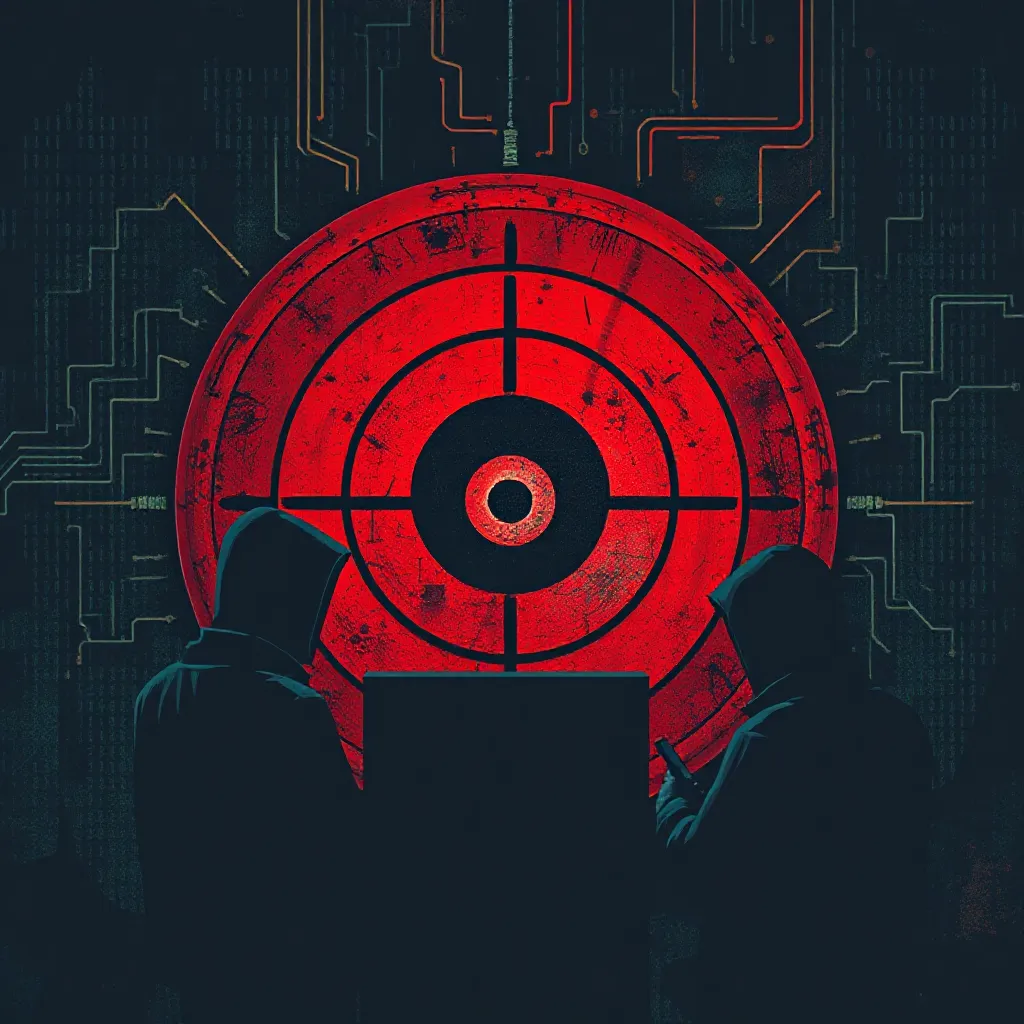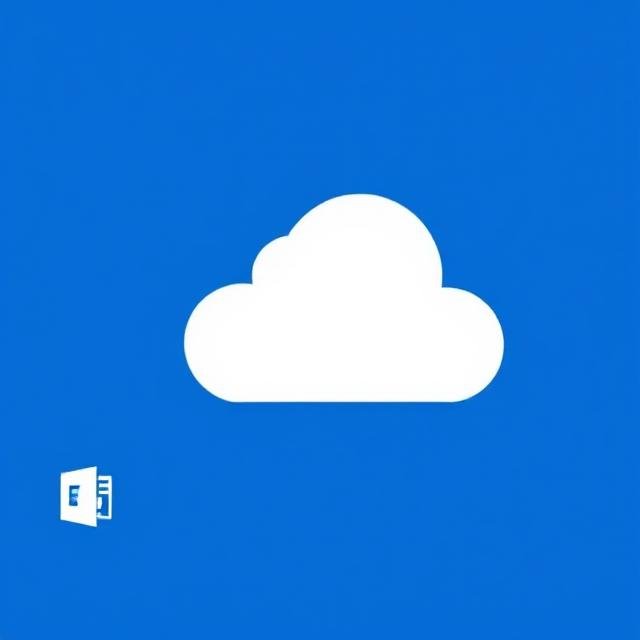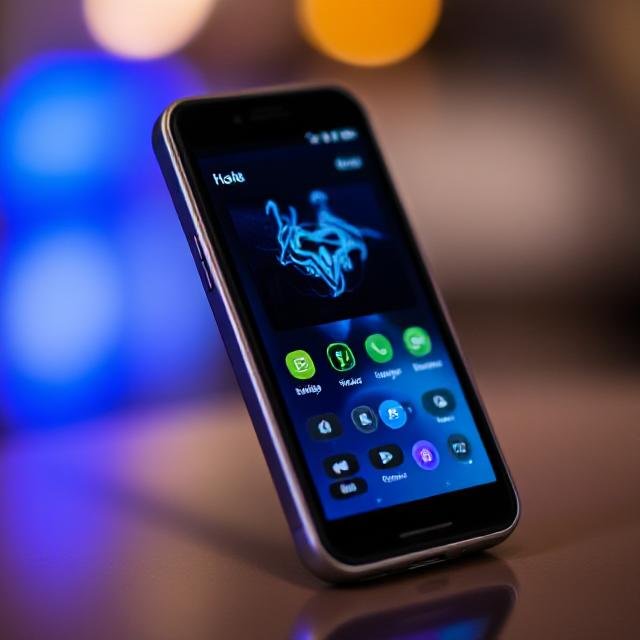Gamers Beware: You’re Now a Target for Hackers

Gamers Beware: You’re Now a Target for Hackers
For years, gamers weren’t seen as high-value targets for cybercriminals. Most cybersecurity news focused on corporate breaches or phishing scams targeting everyday users. But that’s changing fast.
As online gaming grows into a multi-billion-dollar industry, hackers are increasingly setting their sights on players — especially younger ones. With valuable in-game items, linked payment methods, and personal data at stake, gamers are now prime targets for cyberattacks.
In fact, cyberattacks on young gamers rose by 57% in 2022 , with popular games like Minecraft , Roblox , and Fortnite being common entry points. Many of these kids play on their parents’ devices — which means hackers may also gain access to more sensitive information than just a game account.
Let’s take a closer look at why gamers are under attack — and what you can do to stay safe.
Why Are Gamers Being Targeted?
1. Valuable In-Game Assets
Rare skins, weapons, and virtual currency can be worth real money. Hackers steal accounts to sell these digital assets on black markets.
2. Linked Payment Information
Many gaming platforms are tied to credit cards or digital wallets. Once an account is compromised, attackers can make unauthorized purchases or even drain funds.
3. Personal Data Exploitation
Gaming profiles often contain personal details like email addresses, birthdates, and sometimes even home locations — all valuable to identity thieves.
4. DDoS Attacks on Gamers
Some hackers launch DDoS (Distributed Denial of Service) attacks to knock players offline during competitive matches or simply to cause disruption.
5. Ransom Demands
Attackers lock users out of their accounts and demand cryptocurrency payments in exchange for restoring access — often leaving gamers with the tough choice of paying up or losing progress.
How to Protect Yourself While Gaming
Here are practical steps every gamer — and parent — should take to reduce risk:
🔐 Use Strong, Unique Passwords
Avoid simple passwords like “password123” or reusing the same password across multiple sites. Use a mix of letters, numbers, and symbols, and consider using a password manager for better security.
🔄 Enable Multi-Factor Authentication (MFA)
This adds a second layer of protection beyond your password, such as a one-time code sent to your phone. It dramatically reduces the chances of account takeover.
🧠 Stay Cyber-Smart
Teach younger gamers not to click suspicious links, download unknown files, or share login info. Awareness is the first line of defense.
🛡️ Keep Everything Updated
Ensure your operating system, antivirus software, and gaming apps are always updated. Patches often fix security flaws that hackers exploit.
🌐 Use a Reputable VPN
A Virtual Private Network (VPN) encrypts your internet connection, helping protect against DDoS attacks and masking your IP address from potential threats.
👨💻 Monitor Shared Devices
If kids are playing on family devices, ensure parental controls are active and sensitive personal data is protected or removed.
Parents: Stay Involved
Younger gamers may not fully understand the risks they face online. Keep an open dialogue about online safety, monitor activity, and consider setting up separate user profiles with limited permissions.
Need Help Securing Your Home Network or Devices?
With so many connected devices in today’s households, securing your digital environment has never been more important. We offer affordable, easy-to-use cybersecurity solutions for families and remote workers.
📞 Contact us today to schedule a consultation and protect your loved ones from online threats.





